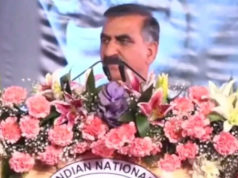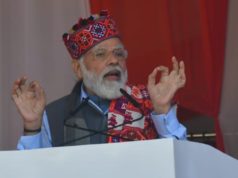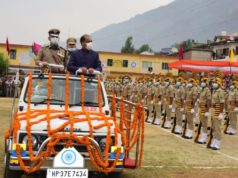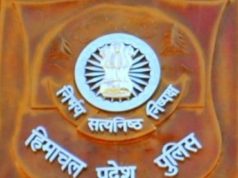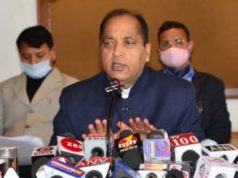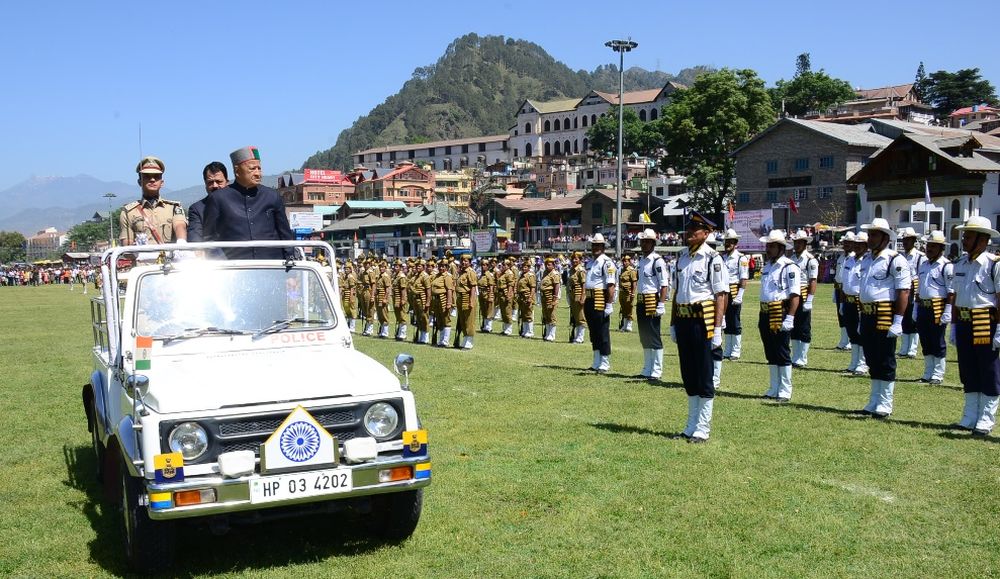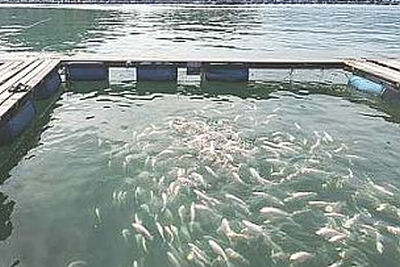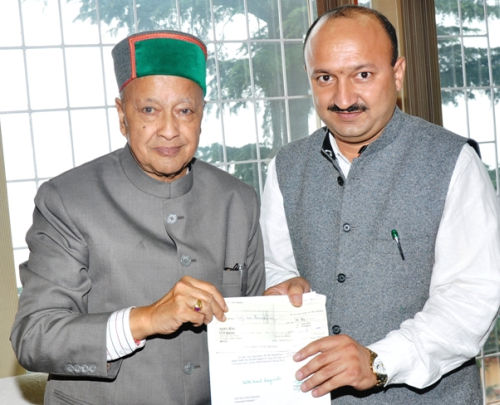Himachal Pradesh has completed its 50 years as a full-fledged state today. The state government is celebrating its golden jubilee with the release of a postage stamp, coffee table book, documentary, exhibitions and events exhibiting the state’s journey throughout the history.
Situated in the western Himalayas, this snow-laden province is characterized by extreme landscapes featuring several peaks and extensive river systems. The state is bordered by Jammu & Kashmir on north, Punjab on west and south-west, Haryana on south, Uttarakhand on south-east and China on the east.

State History
The predominantly mountainous region comprising the present day-Himachal Pradesh has been inhabited since primitive times having witnessed multiple waves of human migration from diverse areas. The earliest inhabitants of the region were tribals called Dasas. Thereafter, Aryans came and they immersed in the tribes.
In the later centuries, the hill chieftains accepted the domain of the Mauryan Empire, the Kaushans, the Guptas and Kanuaj rulers. During the Mughal period, the region was divided among many hill states that were governed by the Rajas. When the British came, they defeated the Gorkhas and entered into treaties with some Rajas and took over the kingdoms of others.
The region remained split among various kingdoms under the British rule. After Independence, 30 princely states of the area were joined to form Himachal Pradesh on 15th April, 1948. With the recognition of Punjab on 1st November, 1966, selected areas belonging to it were also included in Himachal Pradesh. Finally, it was granted full statehood on 25th January, 1971.
Culturally Rich State
Seeped into ancient history, its culture is rich and varied which can be divided into several distinct eras. Apparently, Mahabharata mentions several small republics or Janpadas which existed in present-day Himachal, including the state of Kulindas in Shimla and Sirmaur hills, Kuluta in the Kullu Valley and some more.
Himachal Pradesh is a multi-religious, multicultural and a multilingual state just like many other Indian states. Almost 90 percent of the state’s population resides in rural areas, and most of them are deeply religious. A number of pilgrimage centres and magnificent Hindu temples are situated in the hilly state. There are over two thousand temples in the state that are brilliant works of architecture.
Some interesting facts about Himachal Pradesh Statehood Day:
#1 Himachal was named by Acharya Diwakar Datt Sharma. Hima suggests that ‘snow’ in Indic. The word ‘Himachal’ virtually interprets to ‘In the lap of Himalayas.’
#2 Himachal Pradesh dates back to the amount of Indus valley civilization that flourished 8,000 years ago.
#3 The first Chief Minister of Himachal Pradesh was Yashwant Singh Parmar
#4 In 2003, Forest Survey of Asian countries outlined the forest cover of Himachal Pradesh about 66.52% of the overall area of the state.
#5 Himachal Pradesh roughly consists of over 332 bird species and 359 animal species. It’s conjointly home to five major national parks, namely:
- Great Himalayan National Park
- Pin Valley National Park
- Inderkilla National Park
- Khirganga National Park
- Simbalbara National Park
#6 Shimla is home to Asia’s oldest and South Asia’s only natural ice skating rink.


